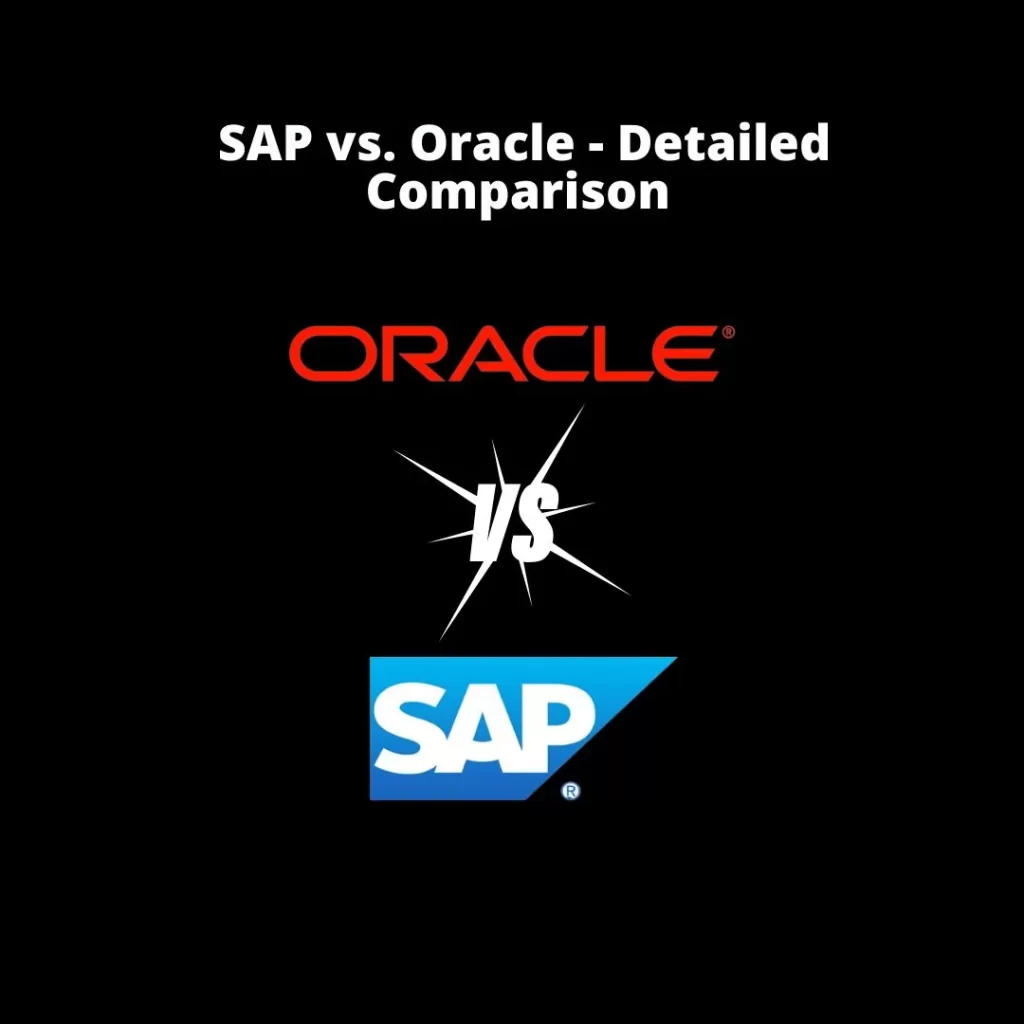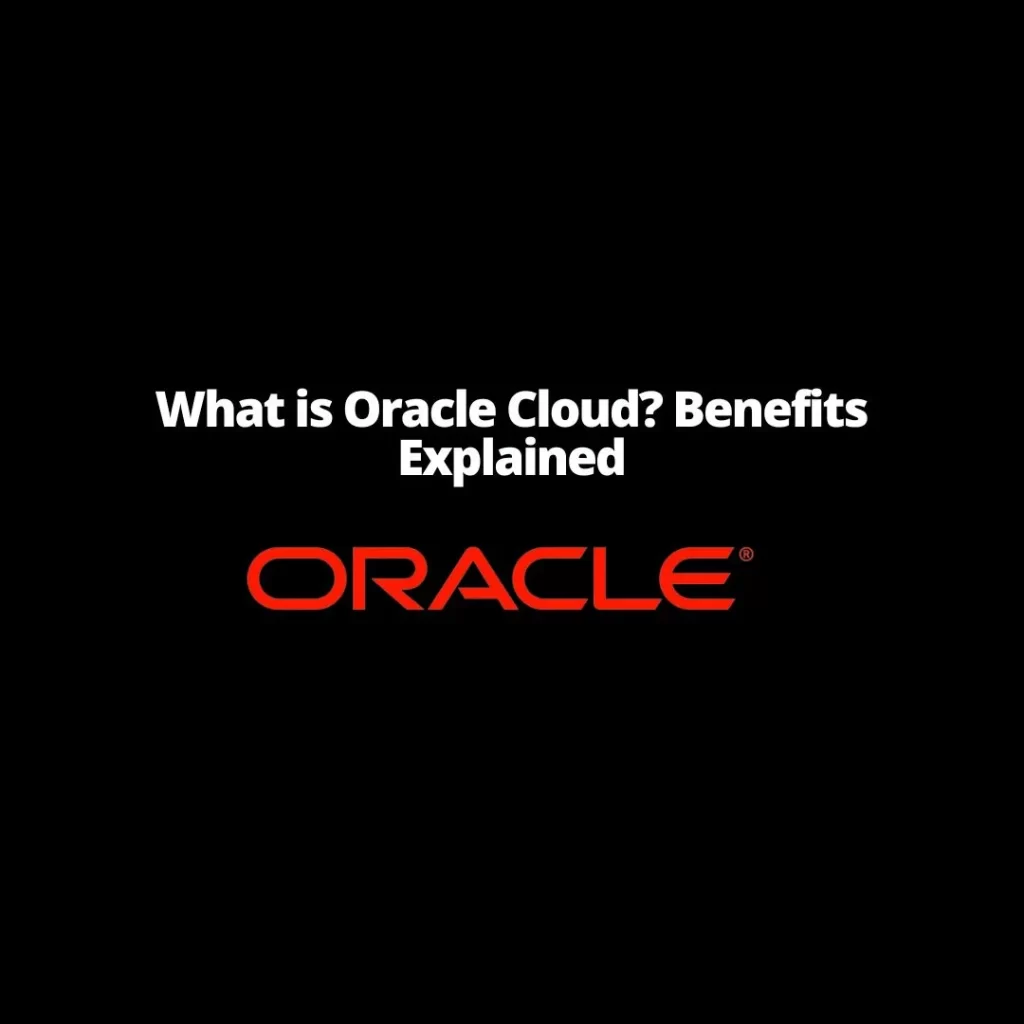Embarking on the journey of implementing an Enterprise Resource Planning (ERP) system is a significant decision for any business. When you choose Oracle Cloud ERP, you’re opting for a powerful, adaptable, and cloud-based solution. However, to fully reap the benefits, a well-executed implementation strategy is crucial.
Why Oracle Cloud ERP?
Oracle Cloud ERP offers several advantages over traditional on-premises ERP systems:
- Lower Cost of Ownership: Cloud-based means no hefty upfront costs for hardware or in-house IT infrastructure. Oracle handles management and updates, reducing burdens on your teams.
- Agility and Scalability: Need more processing power as your business grows? Need it temporarily for a big project? Cloud-based systems let you scale up or down quickly and cost-effectively.
- Innovation at Your Fingertips: Oracle adds new features and tools regularly. Access cutting-edge analytics, AI, and more without major in-house investments.
- Security and Reliability: Oracle, known for its enterprise-grade security, handles data center security and compliance.
Step-by-Step Breakdown of the Implementation Process
Let’s dive into a more detailed explanation of the stages involved in a successful Oracle Cloud ERP implementation.
1. Planning and Assessment: Laying the Foundation
- Define Your Goals: Be crystal clear. What business problems do you aim to solve? What improvements do you envision? (e.g., streamline supply chain, enhanced financial reporting, better customer insights)
- Assess Your Readiness: Analyze existing processes, identify pain points, data quality, and how open your teams are to change.
- Assemble Your Team: A mix of internal stakeholders across departments and a skilled implementation partner (if you’re not doing it solely in-house) is vital.
- Choose Modules: Oracle Cloud ERP offers various modules (Financials, Supply Chain, etc.). Don’t try to implement everything at once. Prioritize.
2. System Design and Configuration: Customization is Key
- Process Mapping: Map out your core business processes in detail. This shows how those will be translated into the new ERP system.
- Customization: Oracle Cloud ERP is highly configurable. Don’t shoehorn your business into software; tailor the software to your needs where possible.
- Gap Analysis: Identify areas where standard Oracle functionality requires custom code or integrations with other systems you use.
- Documentation is King: Thoroughly document every decision and configuration change for future reference.
3. Development and Testing: Minimizing Surprises
- Customizations with Care: If needed, develop tailor-made applications or integrations with existing systems.
- Rigorous Testing: Don’t just test if it works. Test if it works for your specific business scenarios. User Acceptance Testing with employees from different departments is crucial.
- “Sandbox” Environments: Use these isolated testing spaces to experiment without disrupting daily operations.
- Test, Fix, Repeat: Bugs and hiccups are normal. Factor time into your plan for iterative rounds of testing and adjustments.
4. Data Migration: The Tricky Dance of Moving Information
- Data Cleansing: Messy data in, messy data out. Invest time in ensuring your current data is accurate and consistent before migration.
- Migration Strategy: Will it be a “big bang” or phased approach? Determine the best method based on your business tolerance for downtime and complexity.
- Data Mapping: Precisely define how fields in your old system will map to the new Oracle Cloud ERP structure.
- Test the Migration: Test in a safe environment with a subset of data to catch any formatting surprises.
5. Training and Go-Live: Empowering Your Team
- Tailored Training: Don’t make it generic. Focus training on specific modules and how they will change each employee’s day-to-day work.
- “Train the Trainer” Approach: Empower super-users from each department to become internal knowledge hubs for questions and support.
- Go-Live Strategy: Phased rollouts across departments can reduce risks. Have a detailed plan and a fallback if things go unexpectedly.
- Hypercare Period: Expect hiccups immediately post-go-live. Have dedicated support staff ready to resolve user issues quickly.
6. Post-Go-Live Support: It’s Not Over Yet
- Monitor and Optimize: Track key metrics that align with the goals you set in the planning phase. Did things improve as expected? Be open to optimization and fine-tuning.
- Continuous Learning: Oracle adds features and updates regularly. Plan for ongoing training so your team can take advantage of new capabilities.
- Governance Model: As your business changes, how will you decide on new ERP system modifications and keep everything in sync with your larger goals? A governance committee can help.
Best Practices for a Smooth Implementation
- Executive Buy-In: Leadership sets the tone. Ensure top-level support for the project and consistent communication down the chain of command.
- Change Management: Don’t underestimate the human element. Address employee fears early on, communicate the benefits of the new system, and celebrate wins along the way.
- Realistic Expectations: Implementations take time and there will be bumps. Be transparent about the process and challenges with your teams.
- Choose the Right Partner: An implementation partner with experience and a solid track record can make a world of difference.
Additional Considerations
- Security: Oracle handles much of the security, but ensure your configuration settings and access policies align with your company’s security standards.
- Integration with Other Systems: Oracle Cloud ERP often needs to “talk” to other software. Map out these integrations early, as they can impact your project timeline.
- Reporting and Analytics: One of the key benefits of ERP is the business intelligence it unlocks. Think about the reports and insights you want from the system during the design phase.
Why Effort in Implementation Matters
A well-implemented Oracle Cloud ERP can transform your business operations. It can provide:
- Real-Time Visibility: See across departments for more informed decisions.
- Streamlined Processes: Automation reduces errors and frees up time for high-value work.
- Improved Compliance: Built-in controls can help with financial and regulatory requirements.
- A Foundation for Innovation: An adaptable ERP platform becomes your springboard for new initiatives as your business evolves.
Final Thoughts
Implementing Oracle Cloud ERP is a journey, not a sprint. By following these steps, employing best practices, and partnering with experts if needed, you dramatically increase your chances of a successful implementation. The payoff is a modern, efficient, and data-driven business equipped to take on the challenges and opportunities ahead.



